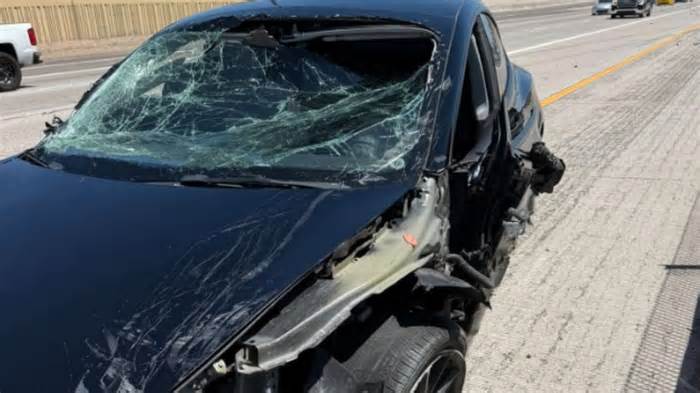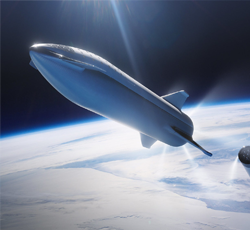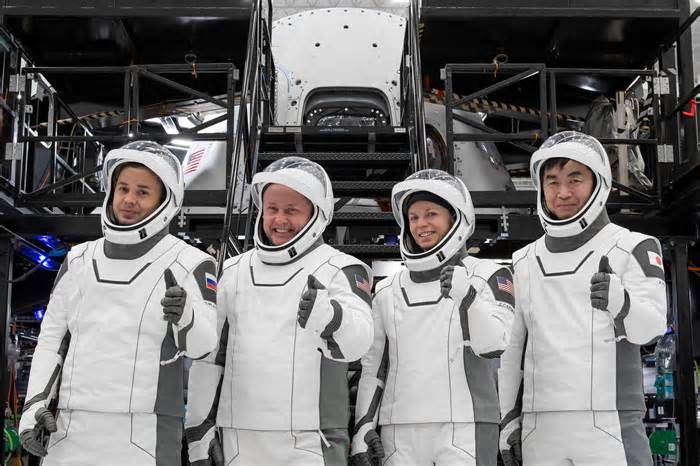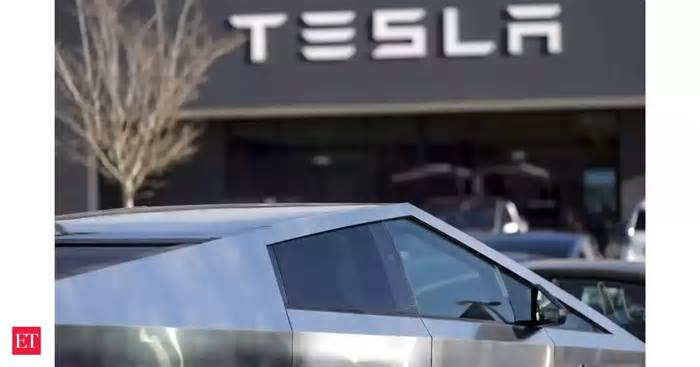
I Loved My 2022 Tesla Model 3 But My Airbags Didn’t Deploy After a Multi-Vehicle Crash, So I’m Wondering If Anyone Else Has Experienced This Too
- by Torque News
- Jul 23, 2025
- 0 Comments
- 0 Likes Flag 0 Of 5

Advertising
It’s easy to think of airbags as the ultimate test of whether a car did its job in a crash, but what if walking away safely without them deploying is actually the better outcome? That was the thought that struck me when I came across a post by Rigo Ramos in the “Tesla Owners of Phoenix” group. Rigo had just been in a multi-vehicle accident with his Tesla Model 3 on I-17 with his two young daughters in the car. Not a single airbag deployed, yet all three walked away unharmed. It wasn’t just surprising, but it raised important questions about how modern vehicle safety systems work and whether we always understand what protection truly looks like.
In Rigo’s own words: “New to the group. I loved my 2022 Model 3, but I was involved in a multi-vehicle accident on I-17 6/22/25. Question for the group: has anyone been in a serious accident where the airbags did not deploy? I had my two daughters (9 & 11) in the car. No airbags. We walked out. Looking to move up to a Model S.”
Understanding How Airbags Actually Work
For most drivers, airbags are a psychological safety net. It's as if they are an expected response to danger. So when they don’t deploy during a crash, it feels counterintuitive. But airbags are programmed with remarkable nuance. They rely on a web of sensors that measure deceleration force, angle of impact, seat occupancy, and more. In short, airbags are not designed to go off in every accident, but rather only in the ones where their deployment would be safer than not deploying at all.
So why didn’t the airbags deploy in Rigo’s crash? It likely comes down to the nature of the collision. Based on the video and description, it appears the Model 3 absorbed the force through its crumple zones, while the cabin remained intact. The seat belts likely did their job anchoring Rigo and his daughters in place, and the internal sensors probably determined that airbags weren’t necessary to prevent further injury.
Community Weighs In on Rigo’s Post Under Rigo’s post, several community members weighed in offering insight, concern, and some solid technical perspective. It's just one of many cases showing just how far that sense of community support can go.
Steve Dakis commented, “Why in the world did that one car go left? Could have easily been avoided. The fact your airbags did not go off is concerning.”
This sentiment is one many drivers share. In the video footage accompanying Rigo’s post, one vehicle’s sudden lane change appears to add on to the chaos, which might explain why Steve sees the entire incident as preventable. But that also makes the absence of airbag deployment feel even more perplexing.
Pedro Jr Mata posed a more direct challenge: “How can you go back to a Tesla after not a single airbag going off during that accident? It was a serious one.”
Rigo replied with thoughtful clarity: “Good question. But having experienced what it was like inside the cabin during this accident, I can confidently say this is a well-built car. Outside of my driver window shattering and the windshield coming in a bit, nothing else protruded into the cabin. But I know this could have ended in so many different ways, which is why I asked my question to know if anyone else had this issue occur. From my information gathering so far, this seems like a rare occurrence.”
That reply is telling. Instead of condemning the vehicle, Rigo highlighted how intact the cabin remained. This aligns with what many Tesla owners say when evaluating real-world accidents. The structural safety of the vehicle seems to speak louder than the airbags themselves. In fact, some owners who switched from traditional luxury brands to Tesla did so after recognizing the engineering confidence in the build, like this driver who ditched their costly BMW X5 for a 2025 Tesla Model 3.
Advertising
Stephen Li added a critical technical point that often goes overlooked: “Tesla remains some of the safest cars on the planet. If you didn’t get hurt that means you did not need the airbags. Airbag deployment has its own risks. They can burn you, bruise you or smash your eye/sunglasses.”
This is something safety experts and automakers constantly emphasize. Airbags are not gentle pillows. They explode with force and are often a cause of injury themselves. If seat belts and crumple zones protect occupants sufficiently, the onboard computer may conclude that deploying an airbag would do more harm than good.
Scott Wolf expanded on that line of thinking: “Most people have no idea how things work. Airbags are for a very specific type of protection, really to protect your head from smashing certain points on the vehicle (steering wheel, pillar, etc.). Airbags aren’t some magic thing that makes you generally safer in an accident… and if they aren’t needed (like in this accident here), then they don’t fire, because airbags themselves do a lot of damage to the human body as well.”
Rethinking What Real Safety Looks Like
That's why this whole situation underlines the idea that airbags aren’t catch-all safety devices, as they are tools for specific impact types. Tesla’s restraint systems are built around that philosophy, which explains why in some cases even a dramatic crash doesn’t trigger them. That kind of safety logic is still enticing many buyers, even those who didn’t want to drive a Tesla in the first place.
So I think this situation actually shows something deeper about how we perceive safety. Most people think safety is about what they see, but Tesla has built a vehicle that still can perform when you don’t see those things like the airbags deploying. Now am I saying that there is no possibility that a glitch made the airbags not deploy? Of course not. But the fact that Rigo and his daughters walked away from a serious highway crash with no physical harm is a reminder that safety doesn’t always make a dramatic entrance. And maybe that’s the real measure of progress. We've also seen what keeps many owners loyal, and it's not just the vehicle’s crash performance but the entire Tesla experience in general. From safety engineering to service like Tesla mobile repair teams going above and beyond, it's clear that choosing another Tesla was a no brainer for Rigo.
The Moral Takeaway
Modern automotive safety isn’t just about airbags or flashy tech; it’s about how the entire structure and software of a vehicle respond in a crash.
Tesla’s safety system depends on structural strength, intelligent restraint systems, and sensors that evaluate whether airbags would help or harm in a given scenario.
The lack of airbag deployment doesn’t automatically signal failure. In fact, it may be a sign that the system made the right call.
Drivers and passengers walking away unharmed should be seen as a successful outcome, even if it’s visually underwhelming.
Let's Hear Your Thoughts
Do you think the airbags should have been deployed in this case? Did the car make the wrong call?
And if you know anyone else who has experienced something similar, what happened in their case? Did their airbags deploy and help them?
I'd love to hear your thoughts in our comments below.
Aram Krajekian is a young automotive journalist bringing a fresh perspective to his coverage of the evolving automotive landscape. Follow Aram on X and LinkedIn for daily news coverage about cars.
Image Sources: The “Tesla Owners of Phoenix” public Facebook group.
Please first to comment
Related Post
Stay Connected
Tweets by elonmuskTo get the latest tweets please make sure you are logged in on X on this browser.






 Energy
Energy

















